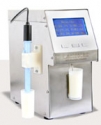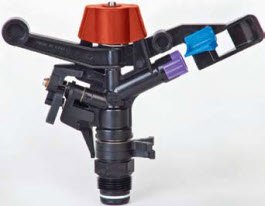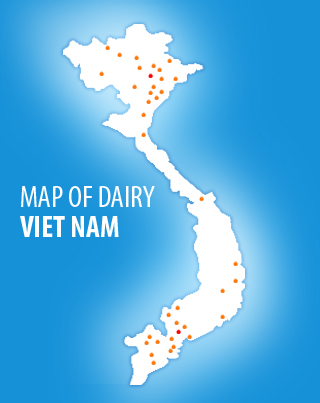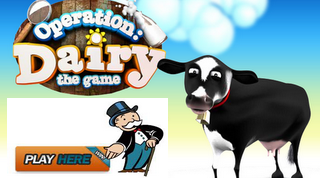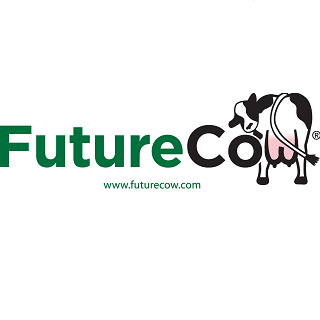News
CME: Fed Cattle Futures Once Again Lower on Mid-W12
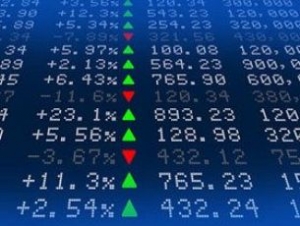
Since mid-February the June fed cattle contract has declined almost 10 per cent. Fed cattle futures so far have traded more in line with 2016 than with 2017, reflecting larger cattle supplies in feedlots and concerns that lower prices will be needed in the spring in order to work through all this supply. The chart below shows daily closing prices for the 2016, 2017 and 2018 June fed cattle contract.

In order to better see the trend, we indexed the value with the first trading day in October = 100 per cent. Each successive closing price was compared to that starting point. For instance, on 1 October 2015 the June 2016 futures contract was trading at $124.85/cwt. By 22 March, the contract was valued at $126.15, 101 per cent vs. that October price.
The contract settled at $120, 96 per cent of where it was on 1 October. We did the same for the other two contracts. Currently the June 2018 contract is 95.8 per cent of where it was on 1 October. It is interesting to note that in 2016 the June contract continued to trade lower until late April before rebounding in May.
This year the selloff has come earlier than it did in 2016. As noted earlier, feed supplies are expected to be 8 per cent larger than a year ago and the supply of cattle that have been on feed for more than 120 days is currently some 12 per cent higher than a year ago.
Fed cattle weights so far have been very near year ago levels and recent data shows that weights are coming down in line with the normal seasonal trend. It does not appear feedlots are falling behind in terms of being current. The big unknown in this market is the level of demand for beef in April and May. Consistently fed cattle futures have underestimated demand in the last 18 months.
Further adding to the uncertainty in the livestock complex is the possibility of a trade war with China and the impact this may have on US exports. A recent report in the Wall Street Journal indicated that the US is expected to levy tariffs on some $50 billion of Chinese imported goods. And there is an expectation that China will respond by applying tariffs on products that they purchase from the US, which includes beef and pork.

The table below shows the volume and value of livestock and poultry products that China purchased from the US in 2017. The only reason for including this data is so that everyone has a general idea as to the size of our exports into this market. One thing that quickly stands out is the importance of Hong Kong in this relationship.
At this point we are not sure if retaliatory Chinese tariffs would be applied only to US products going into Mainland China or if they also will include product going into Hong Kong, which has a special status. In the case of beef, mainland China accounts for a very small share of US exports. However, when we include Hong Kong, then we are talking about 13 per cent of US beef trade value.
Similarly, the value of all US pork sold into China and Hong Kong last year was a little over $900 million, split almost evenly between the two markets. This represents almost 15 per cent of all the pork export dollars in 2017.
At this point it is still early to talk about the potential impact on US exports, in part because of the uncertainty regarding Hong Kong but also because of the gray trade via neighboring countries.
TheCattleSite News Desk





